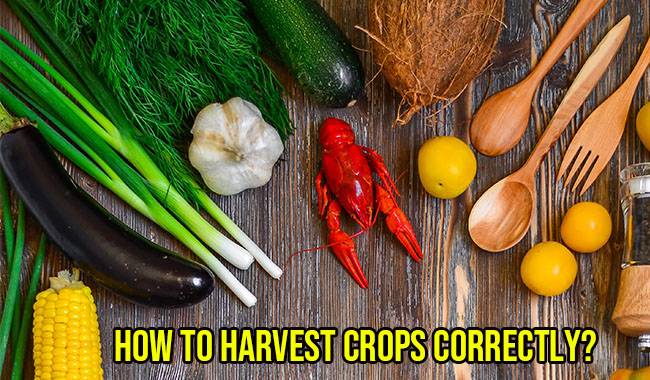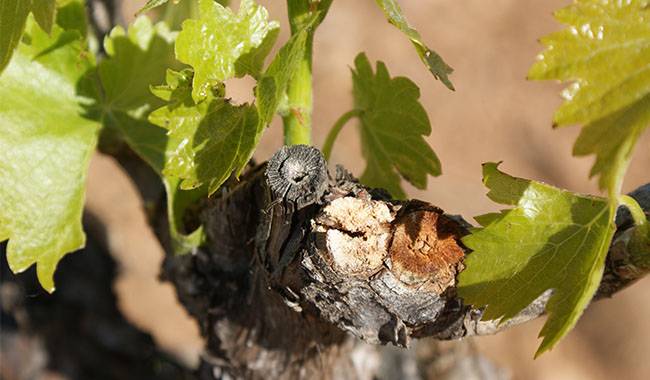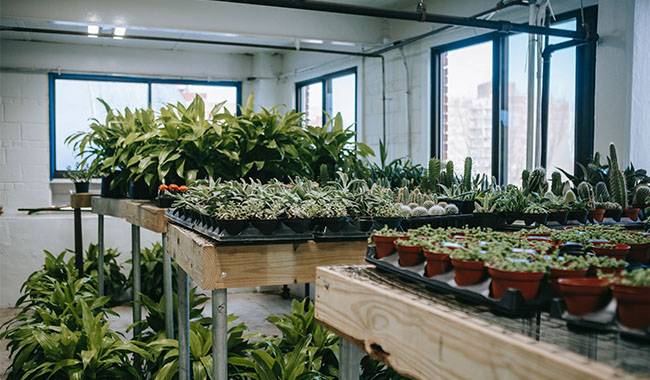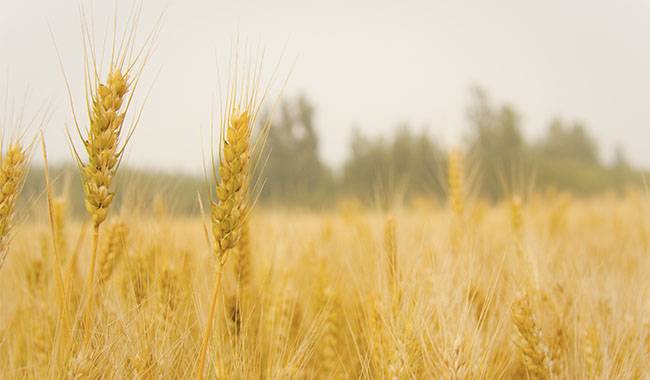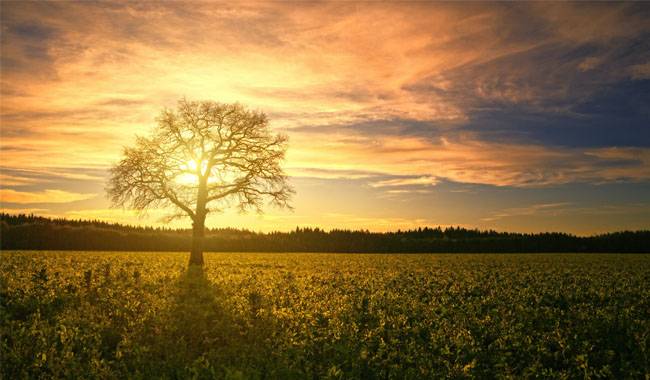
A young garden. The beauty and pride of every Dacha master. The master cannot be satisfied with young trees that are green in spring. The garden grows. But on the outside of the canopy of apples, pears, apricots, and other garden crops, the dryness of the bud tops extends from the top to the tops of trees. The shriveled tips of the shoots spread from top to bottom. On some trees, the tops were completely bare. This is, of course, true the moment the owner realizes that the garden is suffering from dryness. This disease affects the life span of the garden and the growth of fruit.
If the disease appears in individual trees, the cause may be a violation of agricultural techniques. If the disease develops and appears on several trees, the cause may be the infection of the disease and damage by pests. Therefore, it is necessary to understand the causes and take the necessary preventive and curative measures.
HOW TO DETERMINE THE CAUSE OF DEADWOOD?
The main cause of deadwood is the drying out of young shoots and branches in the upper part of the tree canopy. In most cases, it occurs in spring and sometimes in the latter part of summer. Causes of dryness depend on many reasons. For example, they can be caused by violation of agricultural techniques (planting and care) or agrochemical (nutritional) requirements of the crop, by diseases (moniliasis, bacterial burns, bacterial cancer), or by insect pests (larvae of the May beetle, bark beetles, etc.).
If planted properly, the top of the tree will be the last to wither. In this case, the drying of shoots and perennial branches usually begins with the death of the lower branches, the wilting of the leaves, the change of flowers, and the shedding of flowers, before the drying of the shoots themselves begins directly.
Violation of agrotechnical requirements
Gardens need permeable and water-permeable soil with a homogeneous structure and sufficient nutrients throughout the profile. Unfortunately, trees do not live long and develop very poor yields on dense clay soils, with tight occurrences under layers of fertile gravel, sand, and construction debris.
The garden requires a high groundwater occurrence, not closer than 60inch (1.5m) to the soil surface. Trees with a taproot system that penetrates deeper than 60-80inch (1.5-2m) into the soil are particularly sensitive to surface non-flowing/stagnant water. When the water table is high, the air regime is disturbed. As a result, oxygen cannot actually reach the sucking roots, the roots suffocate, water cannot reach the upper part of the canopy, and the tree dies.
Soil acidity and salinity have a negative impact on the growth and development of trees. They develop poorly and die after 5-8 years or immediately.
Incorrect planting of seedlings: violation of root neck position, grafting position, lack of drainage (if necessary), narrow planting holes with intertwined root systems, with bends, etc.
Improper watering. Sometimes novice gardeners overwater their plants, believing that dry branches and shoots are a sign of water deficiency.
How to prevent and combat this situation?
Establishing a garden does not allow for haste. A quickly (hastily) planted garden will soon die. To bloom and remain healthy throughout the allotted time, you must carefully observe the requirements of agricultural techniques.
An orchard is always planted on fertile, permeable, and permeable soil, with a neutral response to acidity and a pH equal to 6.5-7.2. The presence of groundwater at 80-100inch (2-2.5m) from the soil surface is ideal. If the plot does not meet these requirements, it is necessary.
De-acidify the soil by applying lime or dolomite powder to bring it to optimum acidity.
If the water table is very close, the top of the tree will die first, then the whole tree. Therefore, in these areas, trees can be planted on high ridges with drainage ditches between the rows.
If the garden consists of several trees, it is necessary to lay a drainage system up to 8-10inch (20-25 cm) high in the planting pit, 2/3 of which should be filled with a prepared soil mix.
Lay a square or circular barrier over the soil and backfill with the rest of the prepared soil mixture. Place the root system of the seedling in the planting hole and the upper part of the mound so that the root neck is not exposed and the grafting site is above the ground.
Exposed root necks should be treated with garden varnish or clay mud mixture and covered with soil. After watering, the soil must be covered with a fine mulch 2-2.4inch (5-6 cm) thick.
For areas with a high water table, it is best to use young seedlings on bell-shaped varieties or dwarf and semi-dwarf rootstocks. This will save the roots of the garden crop from leaching in waterlogging of dense soils or high groundwater levels.
If the soil is highly permeable (sandy, peaty), the dryness may be due to a lack of moisture during the winter. The roots of fruit trees can dry out with the change in temperature from thaw to frost. Therefore, orchards located on such soils require heavy winter watering. In this case, the root system will be in a frozen state of soil in an ice crust, which will protect it from drying out.
If there are moles, rats, and other large pests in the soil in the garden, it is necessary to take all measures to expel them. Mole passages and rats destroying the root system can also cause the death of the crop.
Nutritional disorders
Disturbances in the nutrition of fruit trees may be the cause of desiccation if all agrotechnical requirements are met. The deficiency of the main nutrients and other macro-and microelements or the violation of their ratios can lead not only to desiccation but also to a reduction in the quality of the fruit. Therefore, you need to monitor nutrient status, especially carefully when establishing an orchard on calcareous soils, ash forest soils, water-logged soils, sandy soils, grass seed soils, carbonate, and improved soils, developed peatlands, etc.
Macro and microelements are supplied to the plants through the root system. In the case of nutrient deficiencies, some of the elements are redistributed among the plant organs. There is an outflow from older leaves to fruits and young organs. However, some micronutrients are not able to be redistributed. These include boron, zinc, and copper. Their deficiency or violation of the ratio with the major nutrients leads to the drying of the fruit crop.
Deficiency of boron
The deficiency of boron is manifested in the arrest of the development of the upper leaves. At the end of buds, leaves curl, become small, and fall off. In case of high boron deficiency, the upper branches begin to dry out, the fruit develops corky ulcers, and the fruit acquires a characteristic bitter taste.
With adequate phosphorus and calcium for fruit crops, it is necessary to apply boron in the form of root and foliar applications, especially in drought years. However, high doses of boron can lead to general tree toxicity.
To alleviate boron “toxicity,” it is necessary to feed plants with phosphorus and calcium. When applying an all-purpose fertilizer, it is best to apply boron fertilizer along with phosphorus nutrition. Remember that boron deficiency in plant organs increases in dry years and with a lack of water.
Copper deficiency
Fruit crops are particularly in need of copper during the growing and flowering period. If the side shoots start to grow rapidly during this period, the leaf plates between the veins show the brightness of chlorides, and drying extends from the shoot tips downward – then the tree suffers from drying due to copper deficiency.
To prevent drying of the upper shoots, a fertilizer containing copper should be added to the fertilizer. In addition to active participation in all metabolic processes, copper preparations help to improve resistance to frost, heat, and drought resistance.
On limestone soils, the copper supply to plants is reduced because of the increased uptake of copper by soil particles.
In this case, fruit trees should be treated with copper sulfate (1%), Bordeaux mixture (3%), or other copper-containing drugs in early spring before germination and fertilized with copper fertilizers or complex micronutrients during the growing season.
If a fertilizer or micronutrient package containing copper is not available, repeat treatments with Bordeaux mixture (1%) can be applied after green cone and flowering. During the growing season, and ash dressing can be used.
Zinc deficiency
Zinc deficiency first appears in rosettes (rosette formation) formed by underdeveloped buds and leaves, and later in desiccation. Apple and pear trees react particularly quickly to zinc deficiency. Increasing doses of phosphorus fertilizers and acidity of the soil exacerbate zinc deficiency. Special attention should be paid to basic fertilizers and top dressings on chernozems, chestnut soils, brown and high podzolic soils with low acidity. During the growing season, fertilization with trace elements and ashes is necessary. Good results provide green manure for winter sowing.
Dryness tops of trees caused by pests
Dryness of fruit crops, especially when young, can be caused by dangerous pests, including soil and young plant shoots settling in the canopy (May beetle larvae, aphids, ants, bark beetles, wood caterpillars, and others). young trees of 4-5 years old mulberry, quince, apple, plum, and pear trees are especially often damaged. Young trees should be carefully inspected every spring and fall. Most often, damaged bark is a breeding and overwintering site for various pests.
If cracks appear in the bark, they must be repaired, all damaged areas must be disinfected, and trunks and scaffold branches must be whitened with a lime compound or special garden paint. The larvae of the May beetle cause especially great damage to young trees. Just 2-3 larvae can destroy a young tree by damaging its root system. Check the tops of young shoots carefully. If dry leaves appear on them during the latter part of the summer, this may be a sign that a wood pest has emerged.
This wood-boring moth lays its eggs on young shoots at the base of the leaf stalk. The hatched caterpillar easily penetrates the shoot (small holes can be seen where it penetrates, sometimes on certain species of crops – covered with gum) and begins to feed intensively. After destroying the young wood, it crawls to a deeper level and the destroyed young shoots shrivel up. The caterpillar overwinters in wooden burrows and moves to the ground in spring through the holes made. The caterpillar ejects its excrement through the entrance hole. The caterpillars of the Oriental fruit moth and glass worm leave the same traces.
Control measures
To eliminate pests that cause trees to dry out due to harmful activity, affected branches are removed 6-8inch (15-20 cm) of healthy wood. In the holes made by bark beetles and woodlice in the bark of skeletal branches and central trunk, other measures were taken to protect the pests by injecting insecticides such as Confidor and Actara, followed by pouring garden varnish or cement solution. During the vegetation period, all measures for the treatment of pests of garden crops were implemented, mainly using biological insecticides.
Dryness tops of trees caused by diseases
Dryness is sometimes caused by fungal and bacterial infestations of fruit crops. The drying of bud tips in the upper part of the canopy often indicates the beginning of infectious diseases (monocytic and bacterial blight, powdery mildew, bacterial cancer, etc.). Among fungal diseases, moniliasis, bacterial scald, and powdery mildew can dry out the tips of trees. Moniezia most often affects drupe fruits: apricots, yams, peaches, and cherries. External manifestations are the blackening of buds and the tips of branches and the browning of flowers. Affected branches look as if they have been burned by fire. Trees become sick within a few hours. After the diseased flowers have fallen, the diseased branches are covered with many small dots of exuding gel. The single flowers that are still alive produce ugly, “crusty,” bad-tasting fruit.
Powdery mildew mycelium seems to spill onto the shoots and leaves. If left unattended, the scattered spores can attack neighboring trees, and their young shoots will begin to shrivel.
The bacterial infestation that causes dryness of branches manifests itself as bacterial rot or bacterial scorch. By attacking the core of the wood, bacterial rot prevents water and nutrients from reaching the upper branches. The latter dries out. Bacterial burn is caused by a bacterial infection. Remember that bacterial blight is a quarantine disease. Affected trees die within 1-3 years.
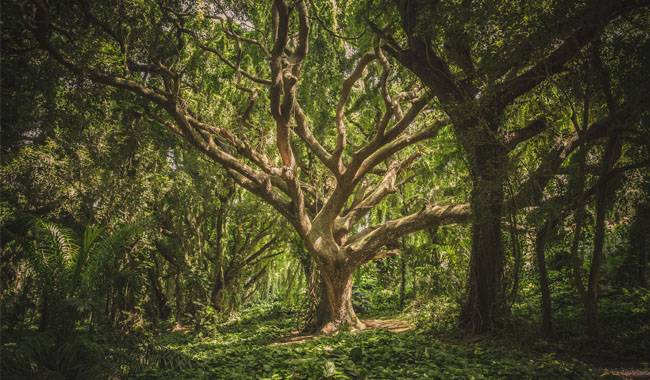
PROTECTIVE MEASURES
When planting an orchard, use garden varieties that are resistant to fungal and bacterial diseases.
In an infected orchard, it is difficult to eliminate the source of infection. Therefore, it is easier to prevent infection by the timely implementation of all preventive measures than to control infection at a later stage, especially in early maturing crops. Prevention is the annual treatment of the garden with chemicals in early spring and late autumn.
Ridomil Gold, Ordan, and other products approved for use on fruit crops. Spraying with a 3% Bordeaux mixture or 1% copper sulfate solution before germination is recommended. After germination and after flowering, spray with 1% Bordeaux mixture, which can also be used as a supplement.
During the vegetative phase, treat the garden systematically with a bio fungicide is recommended. Disturbed bark integrity (cracks), hollows, and other damage must be cleaned up and sealed with garden varnish, paint, cement, any other material to prevent fungal spores and bacteria from entering the winter. The most successful treatment for bacterial burns is the use of antibiotics.
If preventive measures do not help and the tree becomes diseased, the affected branches should be cut back and burned. Trees should be treated immediately with appropriate preparations and fertilized to increase their resistance to further infection. Continue to treat trees against fungal-bacterial infestations throughout the growing season. Treat the soil within the tree canopy with a 4% solution of urea in spring and fall.
More related information about planting & growing




